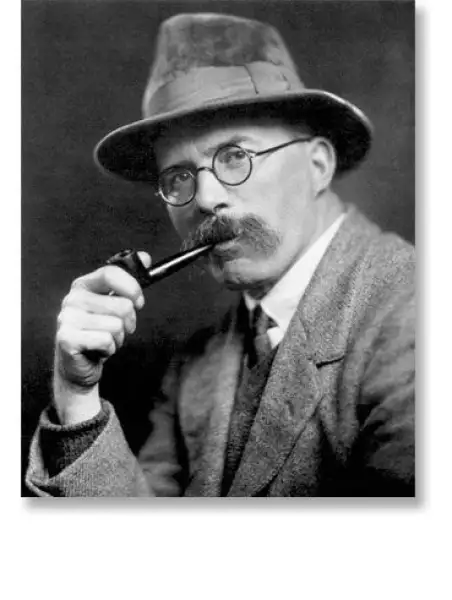
Timeline
Title
Country/Nationality
Arthur Ransome
Arthur Michell Ransome was an English author and journalist. He is best known for writing and illustrating the Swallows and Amazons series of children's books about the school-holiday adventures of children, mostly in the Lake District and the Norfolk Broads. The books remain popular and Swallows and Amazons is the basis for a tourist industry around Windermere and Coniston Water, the two lakes Ransome adapted as his fictional North Country Lake.
He also wrote about the literary life of London, and about Russia before, during, and after the revolutions of 1917. His connection with the leaders of the Revolution led to him providing information to the Secret Intelligence Service, while he was also suspected by MI5 of being a Soviet spy.
Ransome was the son of Cyril Ransome (1851–1897) and his wife Edith Ransome (née Baker Boulton) (1862–1944). Arthur was the eldest of four children: he had two sisters Cecily and Joyce, and a brother Geoffrey who was killed in the First World War in 1918. Joyce married into the Lupton family, well-connected industrialists and politicians; she named one of her sons Arthur Ralph Ransome Lupton.
Ransome was born in Leeds; the house at 6 Ash Grove, in the Hyde Park area, has a blue plaque beside the door commemorating his birthplace. Ransome's father was professor of history at Yorkshire College (now the University of Leeds). The family regularly holidayed at Nibthwaite in the Lake District, and he was carried up to the top of Coniston Old Man as an infant. His father's premature death in 1897 had a lasting effect on him. His mother did not want him to abandon his studies for writing, but was later supportive of his books. She urged him to publish The Picts and the Martyrs in 1943, although his second wife Evgenia hated it; Genia was often discouraging about his books while he was writing them.
Ransome was educated first in Windermere and then at Rugby School (where he lived in the same study room that had been used by Lewis Carroll) but did not entirely enjoy the experience, because of his poor eyesight, lack of athletic skill, and limited academic achievement. He studied chemistry at Yorkshire College, where his late father had worked.
After a year at Yorkshire College, he abandoned his studies and went to London to become a writer. He took low-paying jobs as an office assistant in a publishing company and as editor of a failing magazine, Temple Bar Magazine, while establishing himself as a member of the literary scene.
Some of Ransome's early works were The Nature Books for Children, a series of children's books commissioned by Anthony Treherne. Only three of the six planned volumes were published before the publisher went bankrupt. They are available on the All Things Ransome website.
In his first important book, Bohemia in London (1907), Ransome introduced the history of the city's Bohemian literary and artistic communities and some of its current representatives. A curiosity in 1903 about a visiting Japanese poet, Yone Noguchi, led to an ongoing friendship with Japanese painter (and Chelsea neighbour) Yoshio Markino, who in turn introduced him to the Bohemian circle of Pamela Colman Smith, an artist best known for illustrating the Rider–Waite tarot deck.
Ransome married Ivy Constance Walker in 1909 and they had one daughter, Tabitha. It was not a happy marriage: Ransome found his wife's demands to spend less time on writing and more with her and their daughter a great strain; his biographer Hugh Brogan writes that "it was impossible to be a good husband to Ivy". They divorced in 1924.
Ransome married twice, first to Ivy Constance Walker in 1909, with whom he had a daughter, Tabitha Ransome; the couple divorced in 1924. His second marriage, that same year, was to Evgenia Petrovna Shelepina. Although MI5 appeared satisfied with Ransome's loyalty to Britain by 1937, KGB files that were opened following the end of the Soviet Union suggest that Evgenia Ransome, at least, was involved in smuggling diamonds from the USSR to Paris to help fund the Comintern. This is examined in the 2009 book The Last Englishman: the Double Life of Arthur Ransome by Roland Chambers. Ransome and his second wife are buried in the same grave.
Ransome died in Cheadle Royal Hospital on 3 June 1967. He and his wife Evgenia are buried in the churchyard of St Paul's Church, Rusland, Cumbria, in the southern Lake District. The Autobiography of Arthur Ransome, edited by Rupert Hart-Davis, was published posthumously in 1976. It covers his life only to the completion of Peter Duck in 1931.
Books by Arthur Ransome
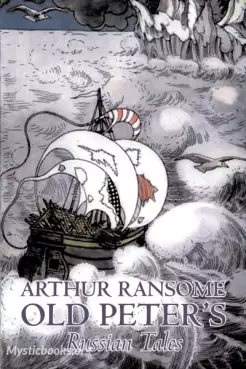
Old Peter's Russian Tales
The first chapter tells of Maroosia and Vanya who live in a hut of pine logs in the forest with their grandfather, the forester Old Peter. Their father and mother are both dead, and they can hardly remember them. Twenty stories told by Old Peter to t...
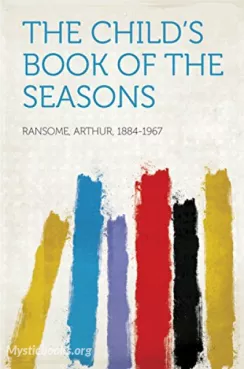
A Child's Book Of The Seasons
A Child's Book Of The Seasons is a charming and evocative book that captures the beauty of the natural world through the eyes of a child. Arthur Ransome, the author of the beloved "Swallows and Amazons" series, takes us on a journey through the four...
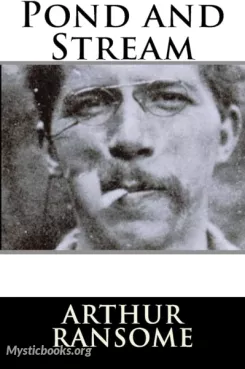
Pond And Stream
Immerse yourself in the wonders of aquatic ecosystems, from the delicate dance of water beetles to the mesmerizing patterns of sunlight filtering through the water's surface. Ransome's passion for nature shines through as he unveils the intricate bal...
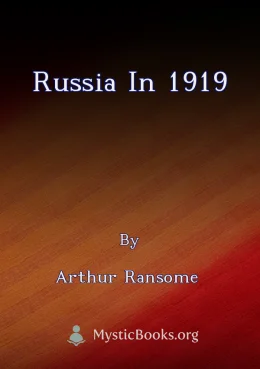
Russia in 1919
Arthur Ransome's 'Russia in 1919' is a firsthand account of the Russian Revolution and its immediate aftermath. Drawing upon his observations during a visit to the country in the early days of the Soviet government, Ransome offers a unique perspectiv...
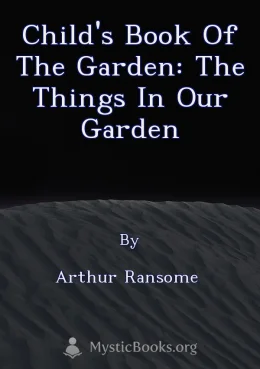
Child's Book of the Garden: The Things in Our Garden
This book, part of Ransome's 'Nature Books For Children' series, is a delightful and informative guide to the wonders of the natural world found in a garden. Written in a charming and accessible style, it invites young readers to explore the diverse...
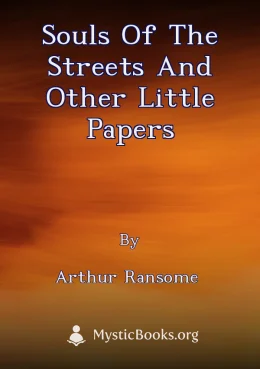
Souls of the Streets and Other Little Papers
A collection of charming and evocative essays that capture the beauty, wonder, and everyday magic of the world around us. Arthur Ransome's keen eye for detail and his ability to find the extraordinary in the ordinary make these essays a delight to re...